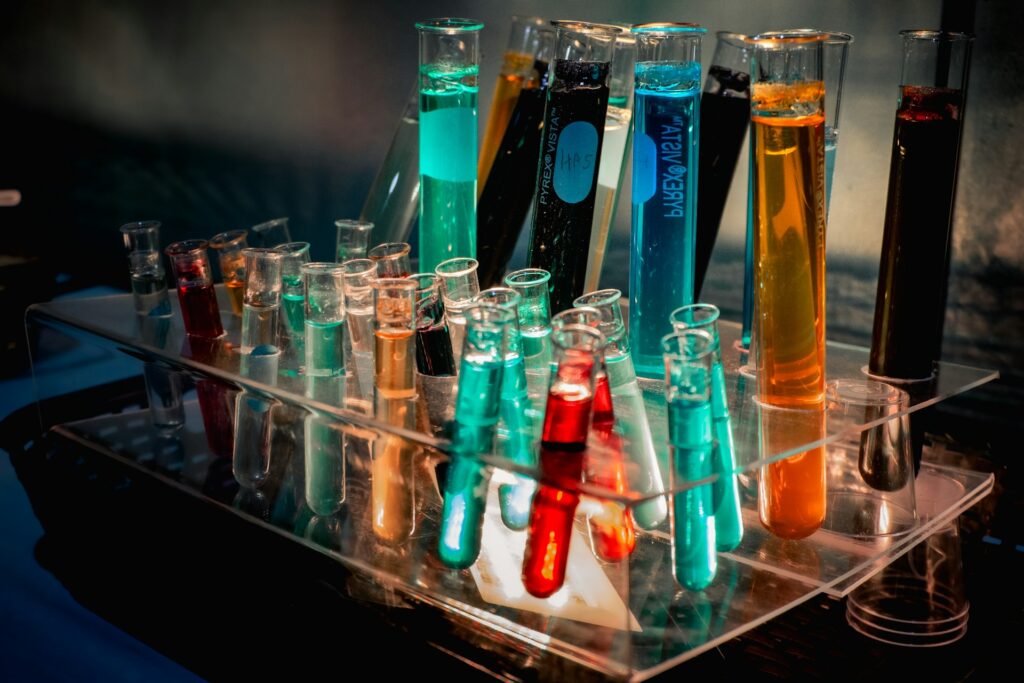In a breakthrough led by Professor Greg Challis of the University of Warwick (in collaboration with Monash University), a research team has revealed a potent antibiotic that was hiding in plain sight: pre-methylenomycin C lactone, a biosynthetic intermediate in the pathway that produces the known antibiotic methylenomycin A. This intermediate shows markedly greater activity against drug-resistant Gram-positive bacteria, including MRSA and VRE, relative to its “parent” compound.
Corre, C., Idowu, G. A., Song, L., Whitehead, M. E., Alkhalaf, L. M., & Challis, G. L. (2025). Discovery of Late Intermediates in Methylenomycin Biosynthesis Active against Drug-Resistant Gram-Positive Bacterial Pathogens. Journal of the American Chemical Society. https://doi.org/10.1021/jacs.5c12501
Antimicrobial resistance is a mounting global health threat, and new antibiotics are scarce. Recognizing that many natural product intermediates have been overlooked, the team re-examined the methylenomycin biosynthetic pathway and intentionally disrupted certain genes to isolate intermediates, then tested those intermediates for antimicrobial activity. Their key finding is that pre-methylenomycin C lactone is significantly more potent; over 100 times more active; than methylenomycin A in inhibiting several Gram-positive pathogens.
Professor Greg Challis of the University of Warwick stated,
“This discovery suggests a new paradigm for antibiotic discovery. By identifying and testing intermediates in the pathways to diverse natural compounds, we may find potent new antibiotics with more resilience to resistance that will aid us in the fight against AMR.”
In tests against Staphylococcus aureus and Enterococcus faecium (the organisms underlying MRSA and VRE), pre-methylenomycin C lactone showed strong activity. Critically, under conditions where vancomycin resistance emerges, the team did not observe development of resistance to this new compound in Enterococcus strains. That suggests a potential durability advantage in clinical contexts. The fact that this antibiotic was produced by Streptomyces coelicolor, a model organism long studied in antibiotic research, underlines that striking discoveries may still lie hidden even in well-characterized systems.
To complement biological tests, the researchers collaborated on a synthetic chemistry component: the Monash team established a scalable synthetic route for pre-methylenomycin C lactone, enabling the exploration of analogs and structure; activity relationships. That synthetic pathway makes it more feasible to take the molecule beyond the lab bench. The synthetic work builds on coordinated studies published earlier this year and positions the molecule for further development.
This work suggests a new paradigm in antibiotic discovery: rather than only hunting for entirely novel natural products, systematically probing and testing intermediate compounds in known biosynthetic paths may yield hidden molecules with strong antimicrobial effects and low susceptibility to resistance.
From an engineering and translational perspective, there remain challenges ahead. Preclinical studies are required to evaluate safety, pharmacokinetics, toxicity, and in vivo efficacy. The synthetic route must be optimized for yield, scalability, and cost. In addition, assessing whether resistance may develop under extended exposure or in more complex microbial communities will be essential. The alignment of structural simplicity, high potency, and synthetic accessibility gives pre-methylenomycin C lactone promise—but careful development will determine whether it becomes a useful therapeutic.
This discovery not only adds a powerful candidate to the antibiotic pipeline, but also refocuses attention on the value of looking within existing biosynthetic systems for overlooked molecules. In the broader fight against antimicrobial resistance, such strategies may help replenish the dwindling arsenal of effective antibiotics.

Adrian graduated with a Masters Degree (1st Class Honours) in Chemical Engineering from Chester University along with Harris. His master’s research aimed to develop a standardadised clean water oxygenation transfer procedure to test bubble diffusers that are currently used in the wastewater industry commercial market. He has also undergone placments in both US and China primarely focused within the R&D department and is an associate member of the Institute of Chemical Engineers (IChemE).



